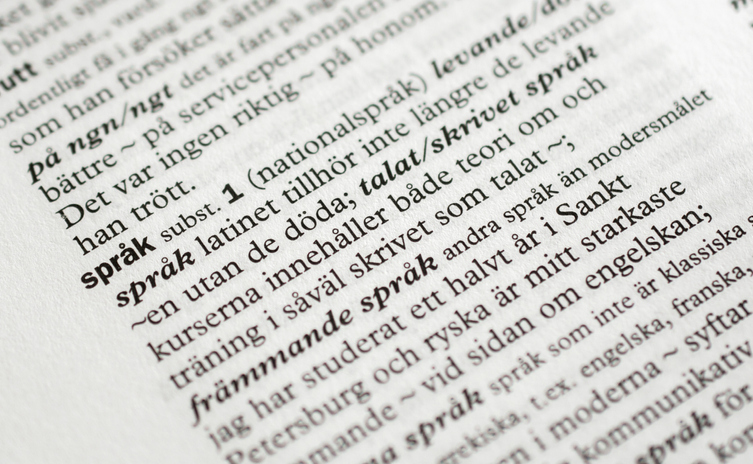
The definitive record of the Swedish language in the form of an official Swedish dictionary has finally reached completion after 140 years in the making.
The Swedish Academy Dictionary’s (SOAB’s) final volume was sent to the printers last month, after work began in 1883. The SOAB is the Swedish equivalent of the Oxford English Dictionary or the Merriam Webster Dictionary and is published by the Swedish Academy, the official body that awards the Nobel prize in literature. The dictionary contains 33,111 pages across 39 volumes.
Established in 1786 by King Gustav III, the Swedish Academy was created with the purpose of nurturing Sweden’s language and literature, striving for the “purity, vigor and majesty” of the Swedish language.
Editor Christian Mattsson told AFP “It [the dictionary] was started in 1883 and now we’re done. Over the years, 137 full-time employees have worked on it”.
Despite reaching this significant goal , the Academy still has work to do. Volumes A to R are now so old, they need to be revised to include modern terms. Mattsson explained that for example the word “allergy,” which was introduced into the Swedish language in the 1920s, does not feature in the A volume, as it was published in 1893.
Words from later in the 20th Century and post-millennium, such as “Barbie doll”, “app,” and “computer” are among a list of approximately 10,000 words that will be added to the dictionary over the next seven years.
The SOAB is a historical record of the Swedish language from 1521 to modern day. Although there are only around 200 physical copies published for use by linguists and researchers, it is also available online.
On Radio Sweden, Mattsson explained why the dictionary took so long to complete, “It’s a very complicated work, because this is a very detailed analysis and description of the Swedish language starting from the 16th century up to today’s date.”
“That means that we have to cover all Swedish words that have been used under a period of 500 years,” he added. “So that explains why it has taken nearly 150 years to complete this huge dictionary.”
In contrast to the Swedish Dictionary, publishers of the Oxford English Dictionary are already halfway to completion on a third edition, according to Radio Sweden.
“We have only about 15 staff, while English is such a big language, and they have more resources and money, and can employ more people,” Mattsson said.







